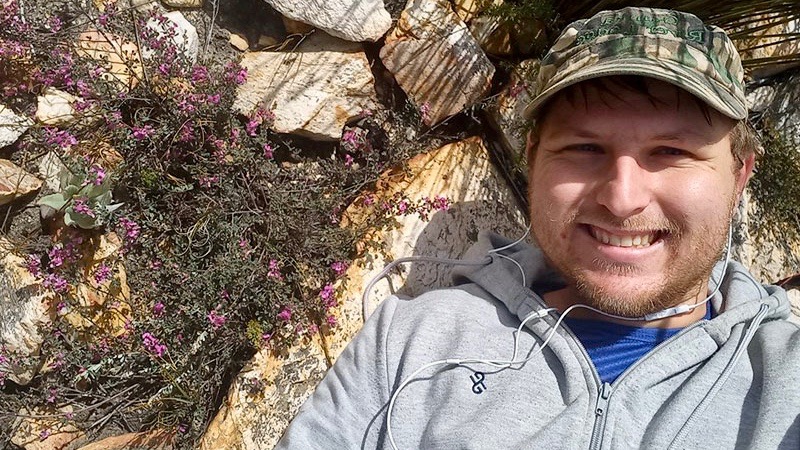Brian du Preez, a PhD graduate at the University of Cape Town (UCT), undertook a botanical journey to gather data for his doctoral research. His focus was on the genus Indigofera within the Greater Cape Floristic Region (GCFR), a vast area known for its unique biodiversity. This region spans hundreds of kilometres, encompassing remote and challenging terrains, including mountains and valleys, which Brian explored on foot and by car, covering thousands of kilometres.
During his travels, Brian surveyed 150 different taxa, collected specimens of 50 previously undescribed Indigofera species, discovered three entirely new species and rediscovered two plant species thought to be extinct.
Also read: Maties student identifies a new species of medicinal mushroom in Knysna
According to UCT’s senior writer, Helen Swingler, Brian’s graduation ceremony took place alongside 103 other PhD candidates, 20 of whom are from the Faculty of Science, at Sarah Baartman Hall on 21 July.
He received supervision from UCT’s Professor Muthama Muasya and Associate Professor Samson Chimphango, as well as Stellenbosch University’s Professor Leanne Dreyer. Throughout his academic journey, he also received guidance and mentorship from Dr Brian Schrire and Professor Charles Stirton of the Royal Botanic Gardens in the United Kingdom.
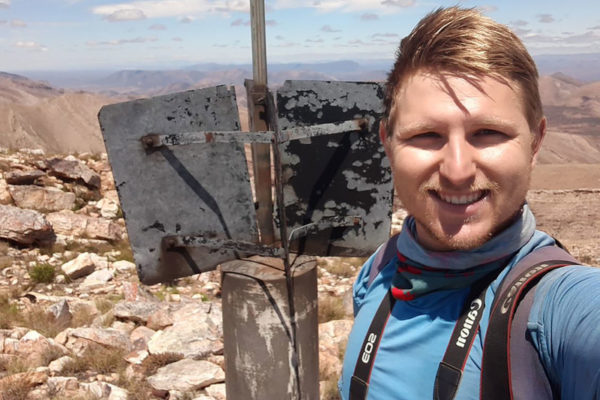
Brian’s research focused on a taxonomic revision of the Indigofera genus in the GCFR’s winter rainfall region, stretching from Lüderitz in southern Namibia to Grahamstown, except the Great Karoo. Indigofera is a large genus comprising over 750 species of the pea family, Fabaceae.
The Greater Cape Floristic Region is renowned for its global significance as a biodiversity hotspot and is the smallest of the six global floristic kingdoms. Covering approximately 200 000 km2, this region boasts around 12 000 species, with 70% found nowhere else in the world.
Brian collected nearly 150 Indigofera taxa from the GCFR during his fieldwork, forming the core of his taxonomic research. In-depth genetics research served as the foundation for his work, exploring patterns of morphological character evolution and historical biogeography.
Unleash your inner explorer with these incredible car deals, all priced under 100k. Find car listings here.
The journey was not just a scientific endeavour for Brian but an adventure he deeply enjoyed as a nature lover. He tirelessly navigated challenging landscapes, ensuring his collections were as comprehensive as possible. His commitment to covering interspecific morphological variation led him to undertake rigorous field sampling, especially during the COVID-19 pandemic, which partially necessitated his extensive efforts.
At the beginning of the year, Brian collected the last target species – an undescribed Indigofera species named Indigofera vlokii, previously known only from a few peaks in the rugged and inaccessible Kouga Mountains. His persistence and determination paid off after two unsuccessful attempts, which left him severely dehydrated.
‘As they say, the third time’s the charm,’ he said.
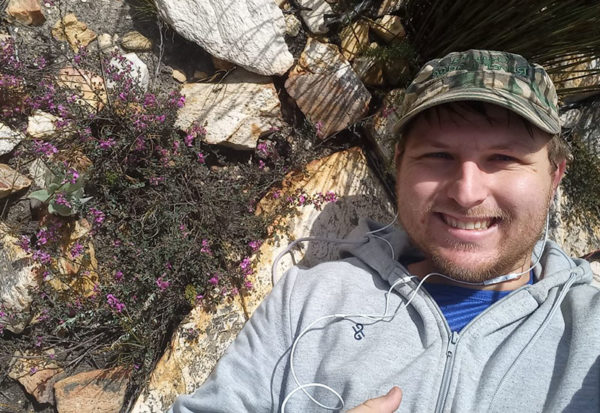
Brian’s passion for conservation and the formal description of unnamed species played a crucial role in his work. His botanical journey also involved assessing the threatened status of each species by conducting field surveys and designating it as red-listed according to the criteria set by the International Union for Conservation of Nature (IUCN). This information is shared with landowners and conservation agencies, and Brian also collects seeds for ex situ conservation in seed banks and botanical gardens.
Brian’s PhD presented considerable logistical challenges, with months spent in the mountains and wilderness. The COVID-19 lockdown initially restricted access to essential resources, but he adapted by undertaking extensive fieldwork during grace periods. Brian meticulously dissected and preserved each collection he created. The rediscovery of Indigofera Limosa, an endemic species that had not been recorded in 110 years, was one of the most notable. This was from a single 1911 collection from the Kamiesberg in Namaqualand.
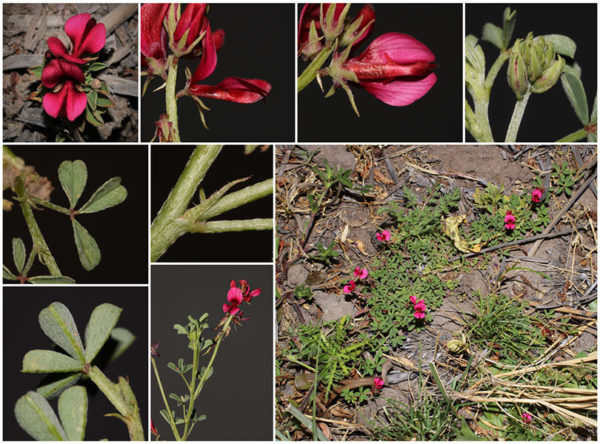
During his Indigofera fieldwork, he also rediscovered two extinct species and discovered two (and possibly a third) species new to science and belonging to other plant genera. Psoralea cataracta (discovered in the early 1800s) and Aspalathus complicata (discovered in 1934) were previously thought to be extinct.
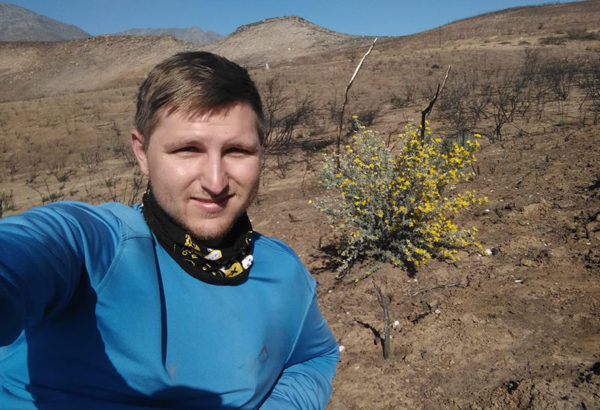
While the world of plant taxonomy rarely requires such extensive fieldwork, Brian firmly believes that intensive research in the natural habitat provides valuable insights.
‘Many modern-day taxonomists rarely, if ever, visit their study species in their natural habitat and are not able to gain as deep insights into their study species, particularly in terms of conservation, ecology and how morphological character can be influenced by environmental conditions,’ he explained.
Through platforms like iNaturalist, Brian claimed that the collaboration and contributions of citizen scientists enhanced his journey. Their observations and assistance helped him find several target species and contributed significantly to the research.
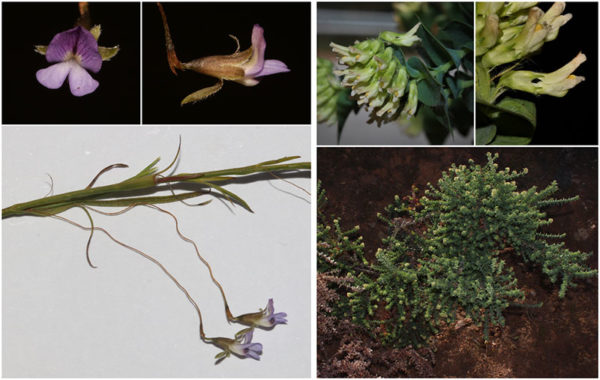
Graduation marked a special occasion and a significant milestone in Brian’s botanical journey. He aspires to continue his work as a taxonomist with the South African National Biodiversity Institute (SANBI) or pursue a postdoctoral research fellowship.
Beyond his botanical pursuits, he looks forward to indulging in his passion for ballroom and Latin American dancing – a well-deserved celebration after his incredible botanical odyssey.
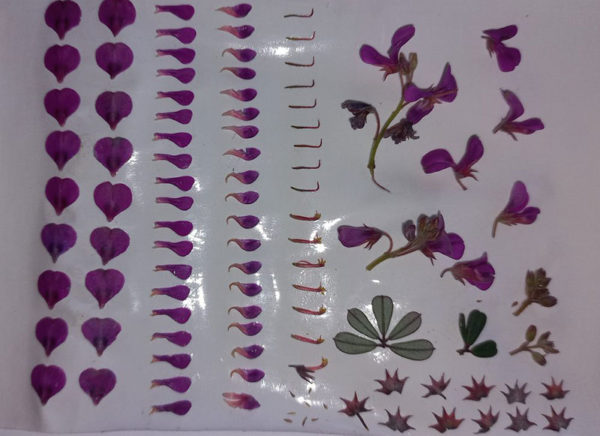
Cape {town} Etc discount: Looking for things to do in the city at half the price? Let these great offers inspire you and fuel your imagination! Get them here.
Also read:
Meet the newly elected young leaders of the Junior City Council
Picture: University of Cape Town




